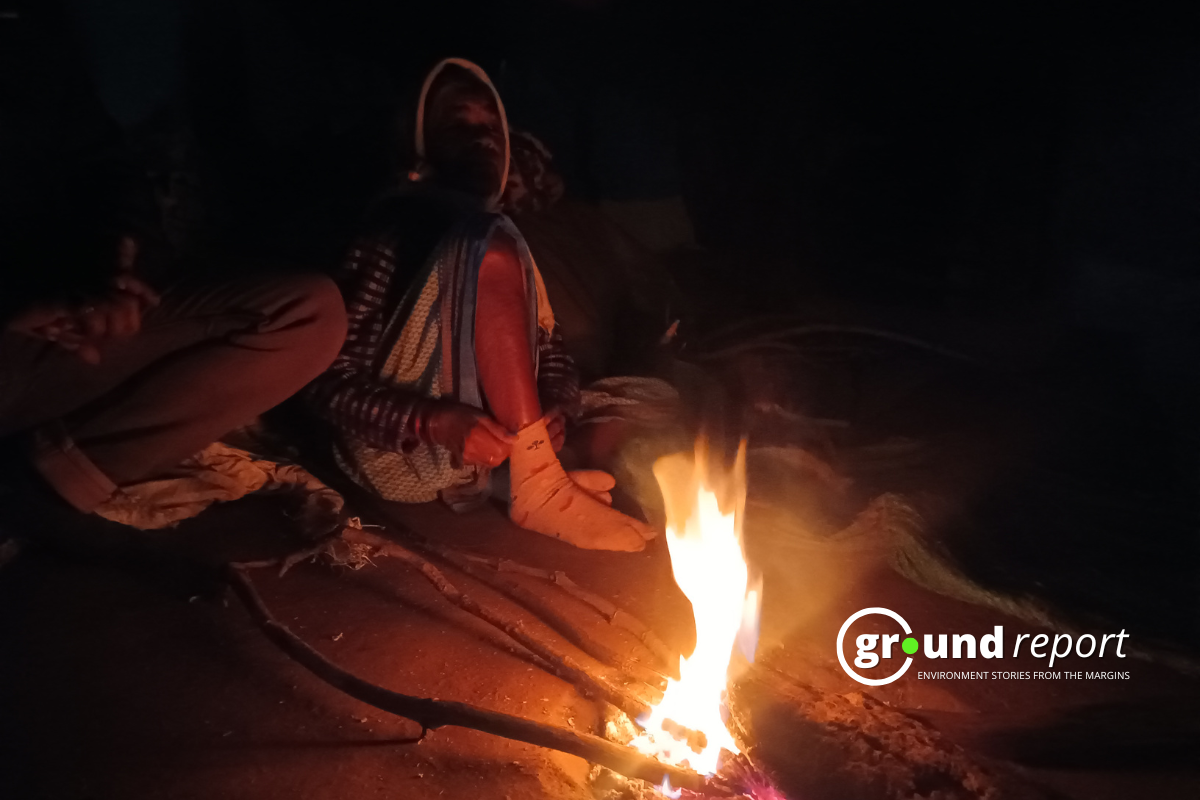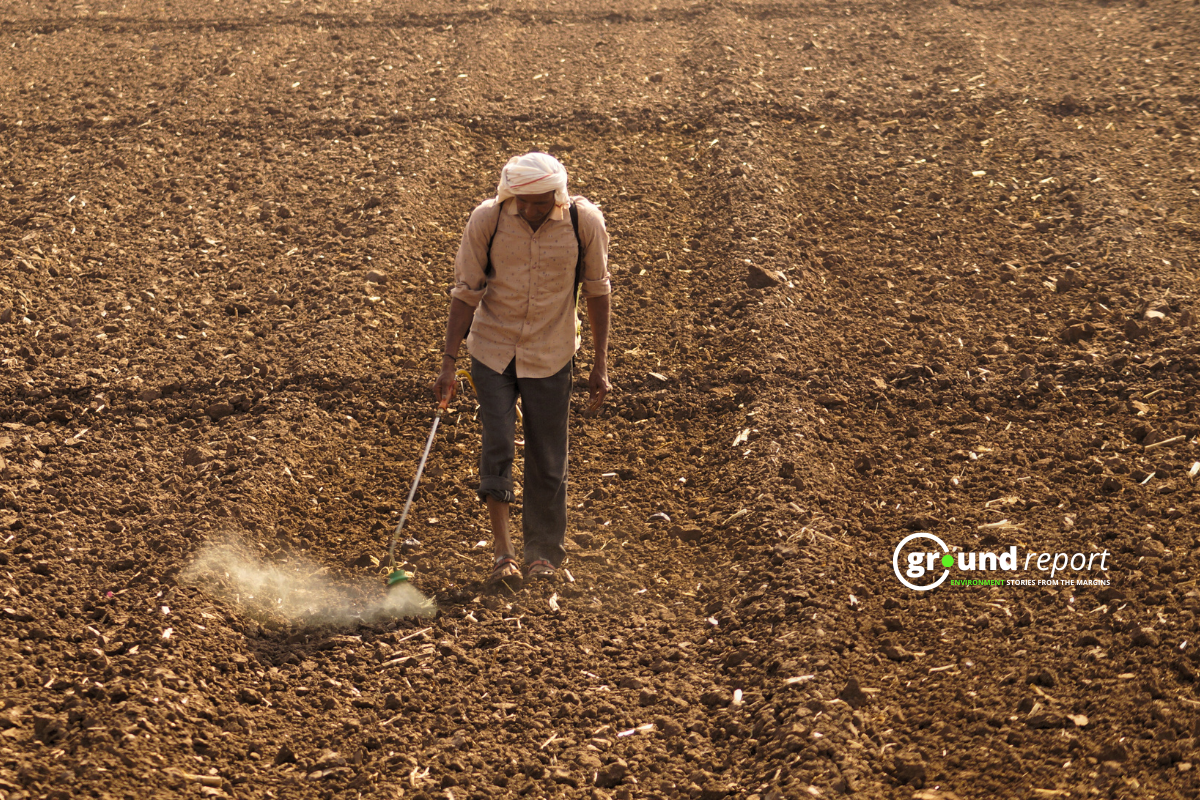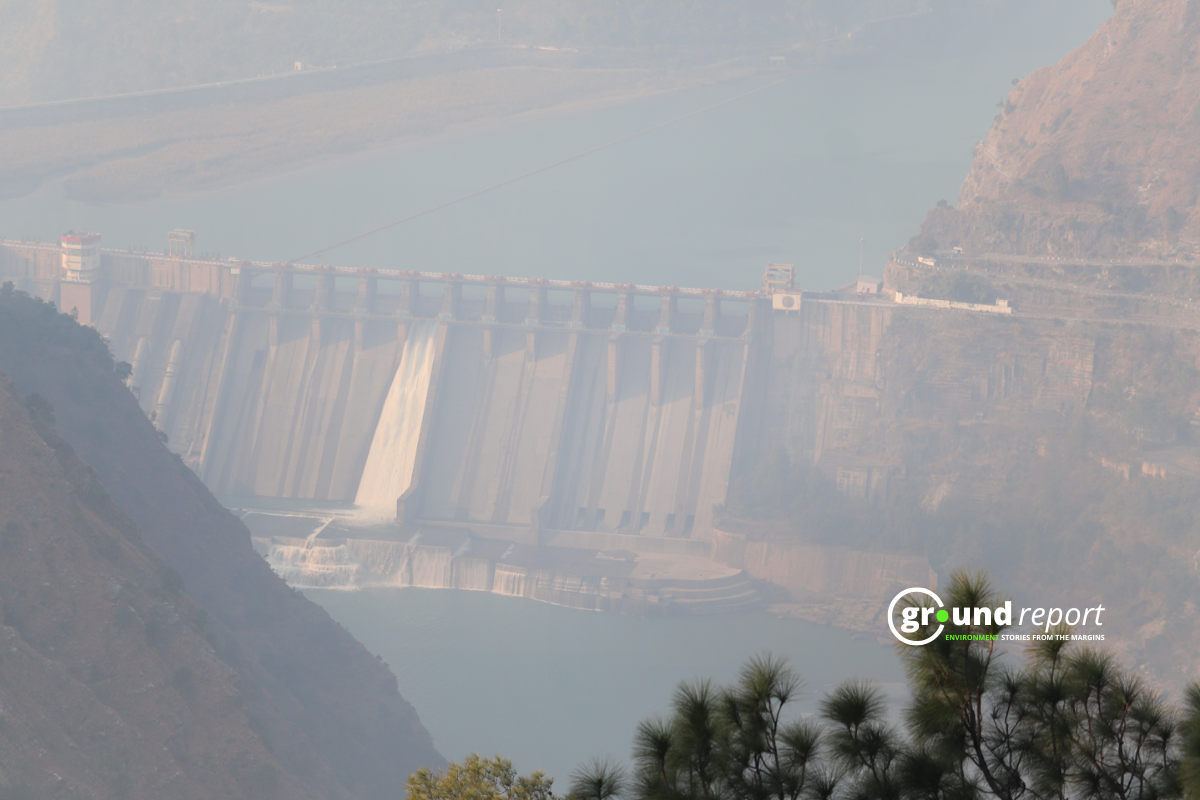Jammu and Kashmir, including Ladakh and Leh, have been experiencing a series of tremors of varied intensities over the past few months. On Wednesday night, strong tremors were felt across several parts of Kashmir, marking the third earthquake in just two days. The recent quakes have caused significant fear and panic among the residents as the region continues to experience seismic activity.
Earlier, two consecutive earthquakes had struck Jammu and Kashmir, with North Kashmir experiencing significant structural damage. The first quake measured 4.9 in magnitude, followed shortly by another at 4.8. The latest tremor on Wednesday night once again rattled the region.
According to the National Center for Seismology (NCS), the nodal agency of the Government of India for monitoring earthquake activity, the region this year has so far recorded 27 tremors, including a recent major earthquake with a magnitude of 5.4, with its epicenter located in Doda district of Jammu at a depth of six kilometers.
The tremors caused cracks in several buildings and houses in the Doda district, but there was no loss of life. According to the local residents of Doda, a few school buildings suffered damage, causing minor injuries to a few students as well.
National Center for Seismology (NCS) on its Twitter handle wrote, “Earthquake of Magnitude: 5.4, Occurred on 13-06-2023, 13:33:42 IST, Lat: 33.15 & Long: 75.82, Depth: 6 Km, Location: Doda, Jammu and Kashmir,” NCS tweeted.
According to the National Center for Seismology (NCS), up to 20 June 2023, the ongoing month has so far recorded 13 earthquakes in Jammu and Kashmir, of which 10, including last week’s 5.4 earthquakes, have been reported from district Doda in Jammu province.
According to a report, a 5.4 magnitude earthquake occurred on 13th June 2023 in Jammu and Kashmir, its epicenter was about 140 km southeast of Srinagar.
The report states that the epicenter of the earthquakes lies between the MCT and Jammu thrust (JT), which is the NW-SE trending major thrust fault of the Himalayas. The analysis of the past 5 years’ earthquakes shows that minor earthquakes in the close vicinity of the Doda region are usually seismic activity.
Earthquake impact and activity in Jammu & Kashmir
The preliminary fault plane solution obtained from waveform inversion suggests the dominant thrust for the event and the causative source of the event. The maximum Intensity VI (MMI scale) has been reported near the source region.
“The earthquake was widely felt in Jammu & Kashmir region and neighbouring states. More than 30 felt responses have been received within 2 hours; from Himachal Pradesh, Delhi-NCR, Haryana, Punjab through Website and mobile app having intensity ranging from II to IV on MMI scale,” states the report.
In exclusive data with Ground Report, it has been revealed that in the year 2021, Jammu and Kashmir including Leh and Ladakh witnessed a total of 43 earthquakes. The seismic activity peaked at magnitude 5.1, with the epicenter located 63 km northeast of Katra, Jammu and Kashmir, India on January 11, 2021.
While in 2022, Jammu and Kashmir, including Leh and Ladakh, reported 56 earthquakes, of which a 5.2 magnitude earthquake was reported on 16 March 2022, with its location as 183 km NNW of Kargil, Ladakh.
2005 tremor horror
According to the Britannica Encyclopedia, the 2005 disastrous earthquake that occurred on October 8, 2005, in the Pakistan-administered portion of the Kashmir region caused the death of at least 79,000 people, in which also more than 32,000 buildings collapsed in Kashmir.
The additional destruction and fatalities were also reported in different parts of India and Afghanistan, making it one of the most destructive and deadliest earthquakes in South Asia.
At least 1,350 people were killed and 6,266 injured in Jammu and Kashmir, and the tremors were felt at a distance of up to 620 miles (1,000 km), as far away as Delhi and Punjab in northern India. Four fatalities and 14 injured survivors were reported in Afghanistan.
According to a 2013 research study, Jammu and Kashmir has been a region of major seismic activity. Some of the largest earthquakes in India have occurred in this zone.
The study reveals that several seismic zones have been tentatively identified on the seismicity map, with the location of most of the earthquake epicenters lying north of the Main Central Thrust and Main Boundary Thrust, which shows that the movement is continued in this region and the build-up of stress was continuously reduced/released.
“From the catalog, it is seen that most of the earthquakes occur in the Kupwara and Kishtwar district of Jammu and Kashmir, which are looking more seismically prone areas. The earthquakes continuously strike the Kishtwar and Doda districts of Jammu and Kashmir w.e.f. 31-04-2013 to 18-08-2013 around SNF (Sunder Nagar Fault) circumscribing Kishtwar window, and it appears like that the earthquake in Kishtwar is the result of Sunder Nagar Fault, which is getting active,” stated the study.
According to a draft document with the International Federation of Red Cross and Red Crescent Societies (IFRC), which states that the ‘State’ has suffered heavily on account of natural disasters, saying that its vulnerabilities are still increasing.
“The draft states that the Kashmir Valley lies between the Pir Panjal and the Zaskar thrusts, making it very vulnerable to earthquakes. Other northern parts of Jammu & Kashmir are heavily faulted,” the draft states.
In a separate and latest investigative earthquake vulnerability study concerning Earthquake vulnerability assessment of the built environment in the city of Srinagar, Kashmir Himalaya, of buildings in Srinagar, an urban city in the Kashmir Himalaya, India, the city covers an area of around 246 km2 and is divided into 69 municipal wards, which is situated in the tectonically active and densely populated mountain ecosystem.
Srinagar’s vulnerability
The study states that due to the haphazard development and high earthquake vulnerability of the city, it is critical to assess the vulnerability of the built environment to inform policy-making for developing effective earthquake risk reduction strategies.
“Overall, the downtown wards are most vulnerable to earthquake damage due to the high risk of pounding, high building density, and narrower roads with little or no open spaces. The modern uptown wards, on the other hand, have lower earthquake vulnerability due to the relatively wider roads and low building density,” states the study findings.
The research study reveals that Srinagar is an old and historic city that has grown organically without following any physical plan or building codes for the construction of its built infrastructure, stating that post-1947, the city grew very fast, mostly in a haphazard manner with no proper urban planning.
The study states that the first master plan for the city was developed in 1971, followed by master plans for the 2000–2021 and 2022–2035 periods, stating that all the previous plans did not have effective implementation in the city as per the master plan prescriptions because of the problems in the planning and implementation setup, including an inadequate legal framework and institutional structures.
Keep Reading
Indian agriculture household earns just Rs. 10,218 in a month: Govt
Post-harvest losses still high, reveals data shared in Lok Sabha
Support us to keep independent environmental journalism alive in India.
Follow Ground Report on X, Instagram and Facebook for environmental and underreported stories from the margins. Give us feedback on our email id greport2018@gmail.com.
Don’t forget to Subscribe to our weekly newsletter, Join our community on WhatsApp, Follow our Youtube Channel for video stories.









